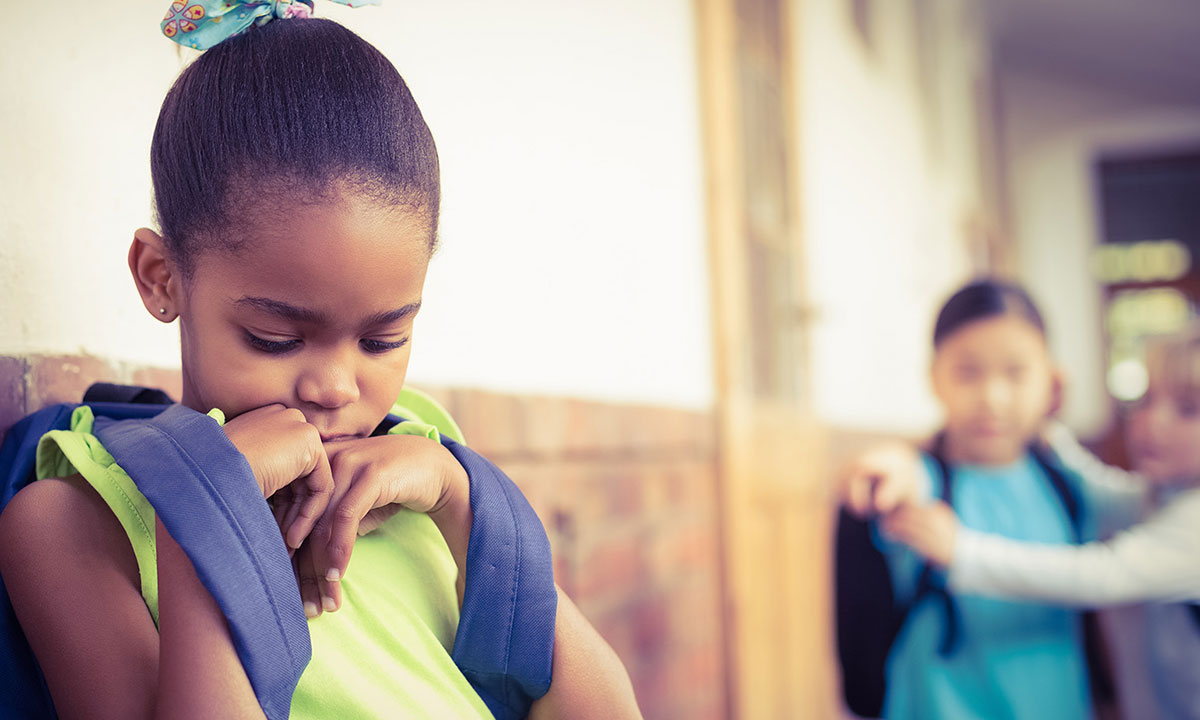
How to Deal with Life Changes!
July 27, 2024
Bullying is Not Child’s Play
April 13, 2025How to Prevent Bullying in Schools?

How to Prevent Bullying in Schools?
The term “bully” is often misused to describe aggressive behavior, sometimes in a casual or joking manner. However, bullying is a serious issue that should never be tolerated, trivialized, or justified. Tragically, we often hear about young individuals taking their own lives to escape bullying, with families unaware of the situation until it is too late. It is crucial to recognize that children who feel helpless in the face of bullying may resort to extreme measures as a last resort.
Recognizing and Understanding Bullying Behavior
It is essential for parents and caregivers to recognize the signs and risk factors of bullying, whether it takes place on the playground, after school, on a bus, or online, in order to prevent it. Bullying involves repeated or potentially repeated aggressive actions, and is often driven by an imbalance of power, such as strength, popularity, or access to embarrassing information. The impact of bullying can have long-lasting effects on both the bully and the victim.
Preventing Bullying in Schools
1. Education and Awareness
It is crucial for adults in various roles to provide children with knowledge about bullying. This includes educating them on the definition of bullying, its negative impact, and strategies to combat it. Schools must establish thorough anti-bullying initiatives that encompass training for teachers, students, and families.
2. Creating a Safe Environment
Schools must establish a secure and welcoming atmosphere in which every student feels appreciated and respected. This involves implementing anti-bullying measures and guaranteeing that there are well-defined protocols for reporting and dealing with bullying occurrences.
3. Encouraging Open Communication
It is crucial to empower children to speak out against bullying. Parents and educators must cultivate an environment of open dialogue, ensuring that children are at ease when reporting instances of bullying, free from any concerns of retaliation.
4. Encouraging Positive Behavior
Educational institutions have the ability to encourage positive behavior by implementing character education initiatives that focus on empathy, kindness, and respect. Acknowledging and incentivizing positive behavior can play a crucial role in deterring instances of bullying.
5. Engaging the Community
Preventing bullying requires a collaborative approach from the community. Schools must engage parents, community leaders, and local organizations in their efforts to combat bullying, fostering a collective stance against this issue.
Recognizing the Signs of Bullying
Parents and teachers should be vigilant in recognizing the signs of bullying, which can include:
- Changes in mood
- Unexplained injuries
- Difficulty sleeping and nightmares
- Changes in eating patterns
- Loss of personal items
- Self-destructive behaviors
- Decline in school performance and not wanting to go to school
- Frequent complaints of feeling sick
Addressing Bullying Incidents
It is important to address signs of bullying with the children involved—those who bully, those who are bullied, and those who observe bullying. Ignoring these signs can lead to long-term consequences such as poor academic performance and various health and mental health concerns.
Seeking Help
If you believe your child has experienced bullying, please reach out to your school counselor or a trusted mental health professional. Early intervention can make a significant difference in stopping bullying and mitigating its effects. At Nafsology clinic, we are here to support you and your child. Do not hesitate to contact us if you are concerned about your child or would like us to assess your child for bullying.
By taking these steps, we can work together to prevent bullying in schools and create a safer, more supportive environment for all children.




